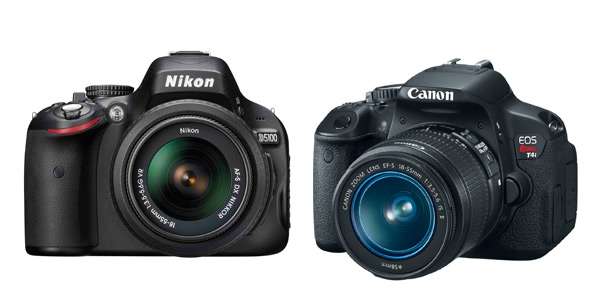Vacations may masquerade themselves as a time to relax with family and friends, but we all know what they are really about: finding that perfect shot.
Whether you hope to get the kids together on a sandy beach for a holiday card, a perfectly captured Eiffel Tower to hang on your living room wall or you and your significant other holding hands beneath a Laotian waterfall, we have the tips to help you muddle through your next vacation.
Get the right sunlight
No one wants the bleached-white faces from a flash or overbearing sun. Freelance Photographer Nate Perry says that he finds the best shots in the hour before dusk. Britt Anderson, owner and lead photographer at Britt Anderson Photography adds that if the weather is overcast, “you can have that great filtered light all day.”
On the other hand, if the sun is strong all day, it can actually be helpful to use the flash, Anderson says, to fill in the dark shadows that can appear.
And if you simply can’t wait for the perfect time of day, Paul Skalski, of Phototronics in Winnetka, suggests a circular polarizing filter, which “acts like sunglasses for your lens,” by cutting down on glare and reflections and providing a rich saturated picture even in sunny conditions.
Compose a group properly
Anderson says that you should, “start from the center and work out,” with the tallest in the middle, staggering outwards. She says to, “think in triangles.” This means that if there is a row of people in the back, “the group of people in front of them should stand in between two people from the back.”

Be creative
Anderson says that you should try to find, different angles and perspectives when taking a picture—getting down low when taking a picture of a landmark or interesting spot on your vacation or zooming in real close. Overall, she says, lots of people will have visited the same places you will, so try and think differently than the typical vacation shot everyone else is taking.

Get the right tools
To help amateurs be creative, Skalski suggests an entry-level Nikon or Cannon DSLR (digital single reflex) camera. They can function as simple ‘point and shoot’ cameras, but also offer much more control for those times when the muses inspire you. And while DSLRs can be a little large for a pocket or purse, they can shoot pictures very quickly with very little light.

Once you are outfitted with the perfect camera, Skalski suggests the compact gorillapod (below), a tripod with legs that can wrap around a banister or tree limb, and a lightweight bag in which to carry your camera on your travels, many of which have space for a computer or tablet.

Do It Yourself
Once you get your camera and accoutrements, Perry thinks that amateurs should play with the settings. He says that “if you are always using it on “Auto” mode, you are missing out on great photographs.” He suggests that beginners start by playing with the aperture and shutter speed. And to help you learn what all those buttons do, Skalski says, Phototronix can offer one-on-one, personalized lessons though he adds that those who buy a product from them should, “plan to spend a few minutes so that we can help get you up to speed.”
Skalski says, “We want to help everyone who reads Make It Better to make better photos!”

